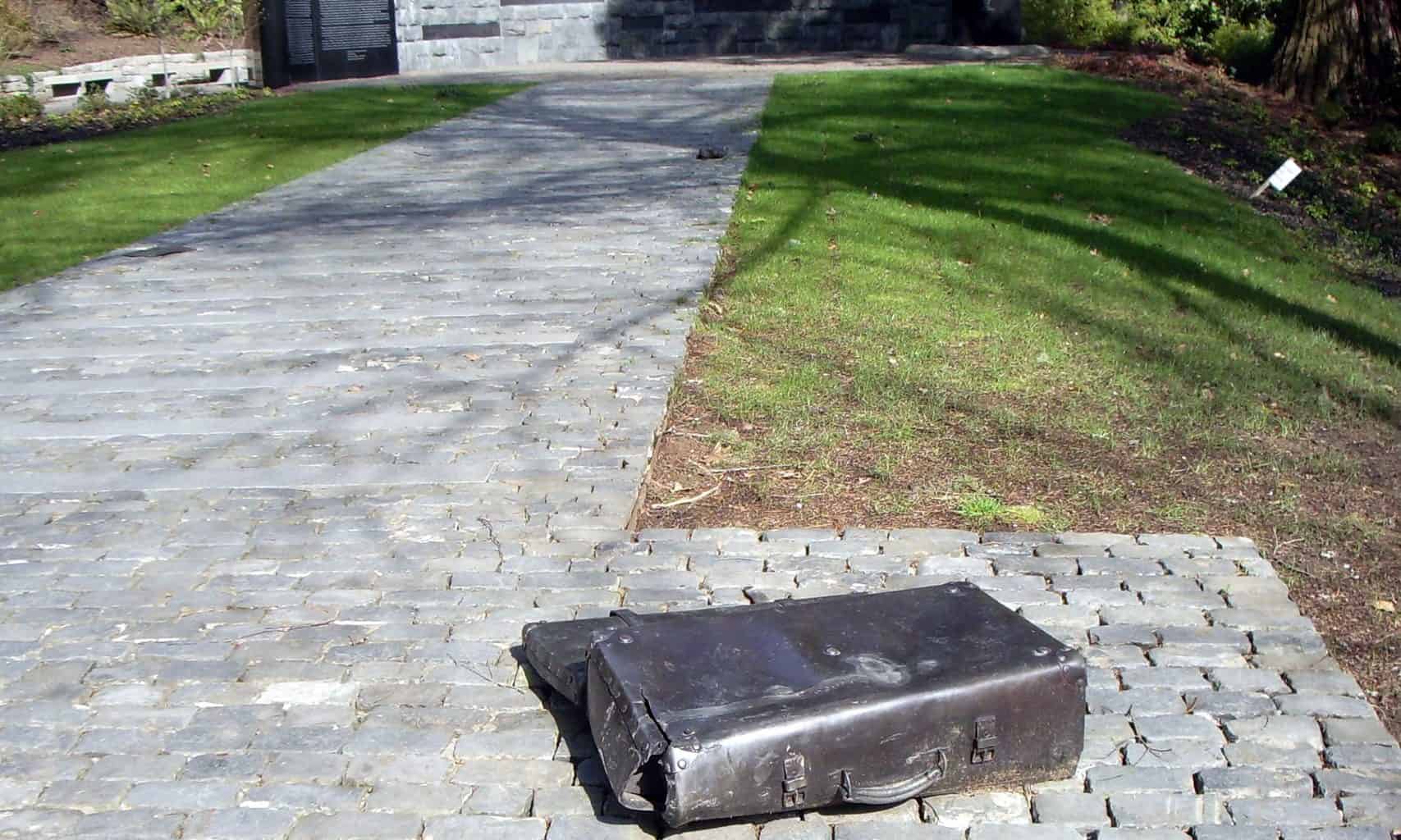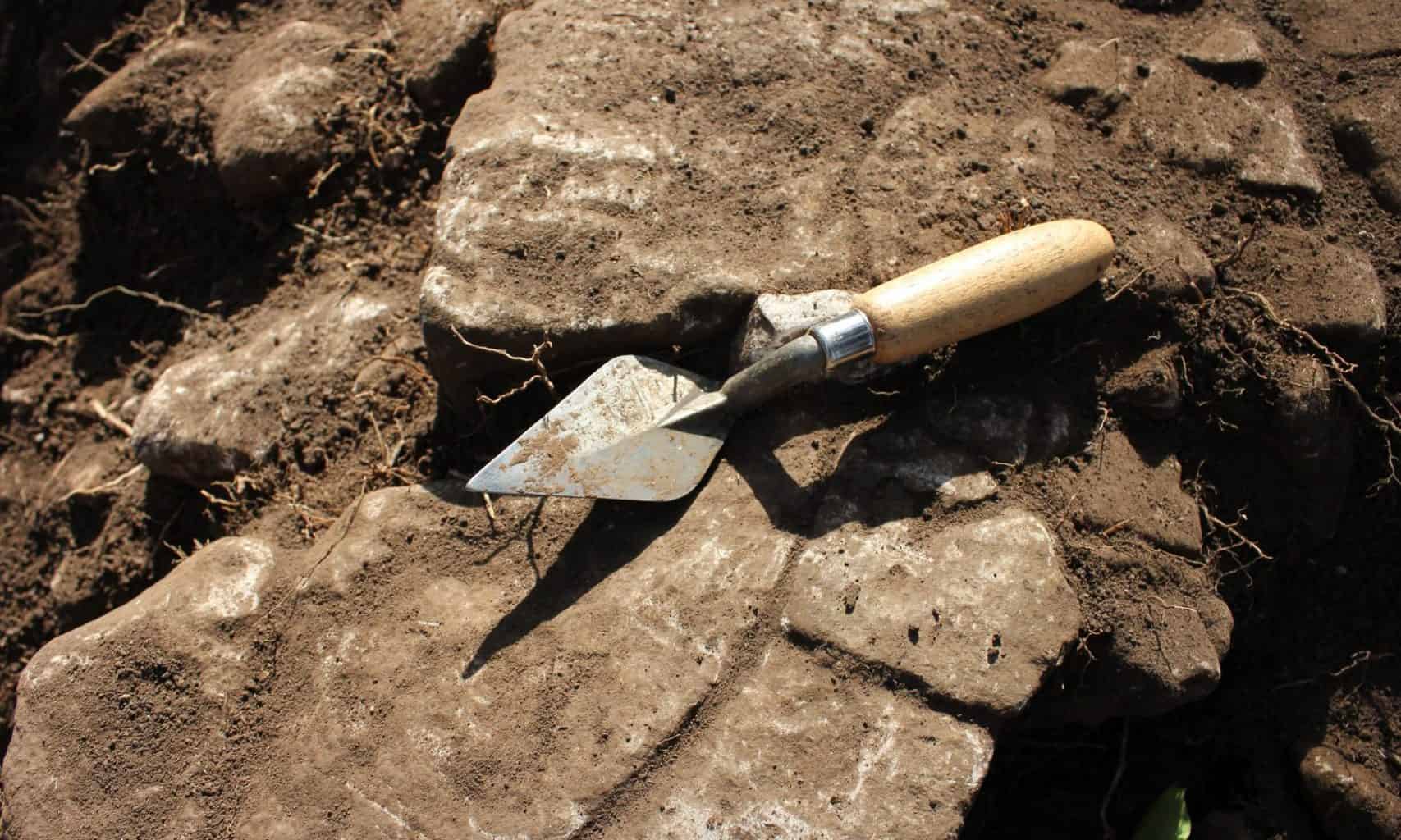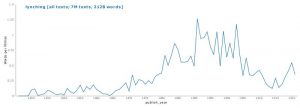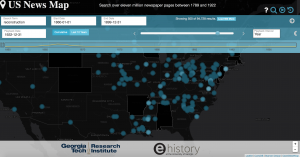Over the course of the semester, the six of us in our social studies methods class at the University of Portland partnered with the Oregon Jewish Museum and Center for Holocaust Education to design and develop a companion website to assist visitors, and especially teachers, in making the most of the Oregon Holocaust Memorial in a visit or a classroom.
One particular facet I contributed to was developing a Keynote presentation to embed in the website that gave a visual representation of the losses suffered by European Jewish populations by country during the Holocaust. For this, I used data provided by the museum.
Check out the website: link
Featured image credit: link






